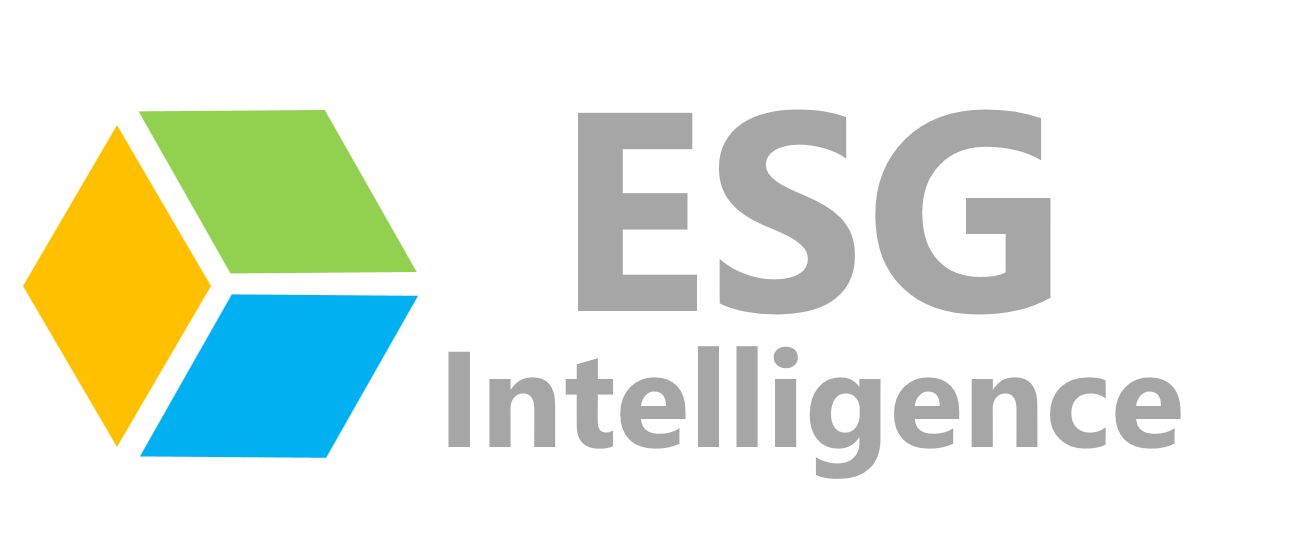Recently, our Founder Sumit Kumar authored a guest post “The Great ESG Reporting Divide” for India’s leading business magazine – Outlook India. This post highlighted the key reasons that have kept small companies away from reporting their ESG performance. He also suggested two steps that can help bridge this divide. Here we present a summary of this article, and you can read the full article on Outlook.
The Great ESG Reporting Divide
While there has been a big improvement in scope, quality, and consistency of sustainability reporting by many public companies, only a few large companies are driving this improvement. Data from The Conference Board indicates that most companies on the Russell 3000 index are not reporting their sustainability performance.
There are five major reasons responsible for small companies not taking up ESG reporting:
- Most initiatives by Governments and ESG Investors to drive ESG reporting are targeted toward large publicly listed companies.
- Lack of uniform reporting standards. This can only be said in these many words.
- Reporting is costly, because acceptable sustainability reporting tools, consultants or staff add on to the cost, which small companies might not be able to justify.
- Threat of greenwashing. It may sound ironical but small companies fear the reputational damage they can attract, if some of their reported initiatives are ‘called out’ for greenwashing.
- The scope 3 refuge: Many large corporations, while beautifying their sustainability reporting have conveniently escaped the responsibility of their supply chains by putting its impact in the scope 3 category. This has restricted opportunities available for small companies to improve their reporting.
How do we bridge the divide:
- Emerging technologies such as blockchain, artificial intelligence, IoT, edge computing, and data analytics can be used to drive sustainable development as well as reporting of data and initiatives. These technologies should be used to create rails for trusted, cost efficient and uniform ESG reporting by small organizations.
- Moving from supplier assessment to supplier engagement: Companies must ensure that they proactively engage their suppliers on sustainability issues and provide them opportunity and incentives to improve their ESG reporting.
ESG intelligence is aligning its solutions with these two initiatives highlighted above to bridge the ESG reporting divide:
- Creating a Blockchain for Sustainability Platform that brings together innovative blockchain-driven initiatives that companies from across the globe are taking, to drive sustainable development as well ESG reporting.
- Providing Supplier Sustainability Development Platform, through which companies can engage their suppliers on sustainability issues and help them improve their sustainability reporting.
ESG Intelligence Platform
Check out the initiatives and innovations related to different ESG themes now!
